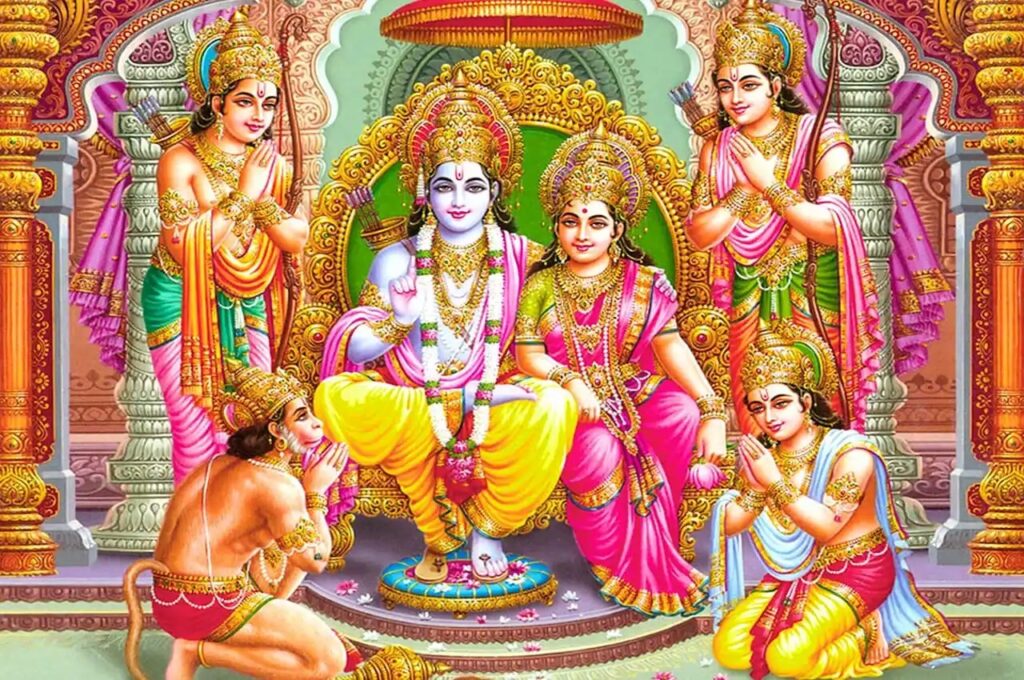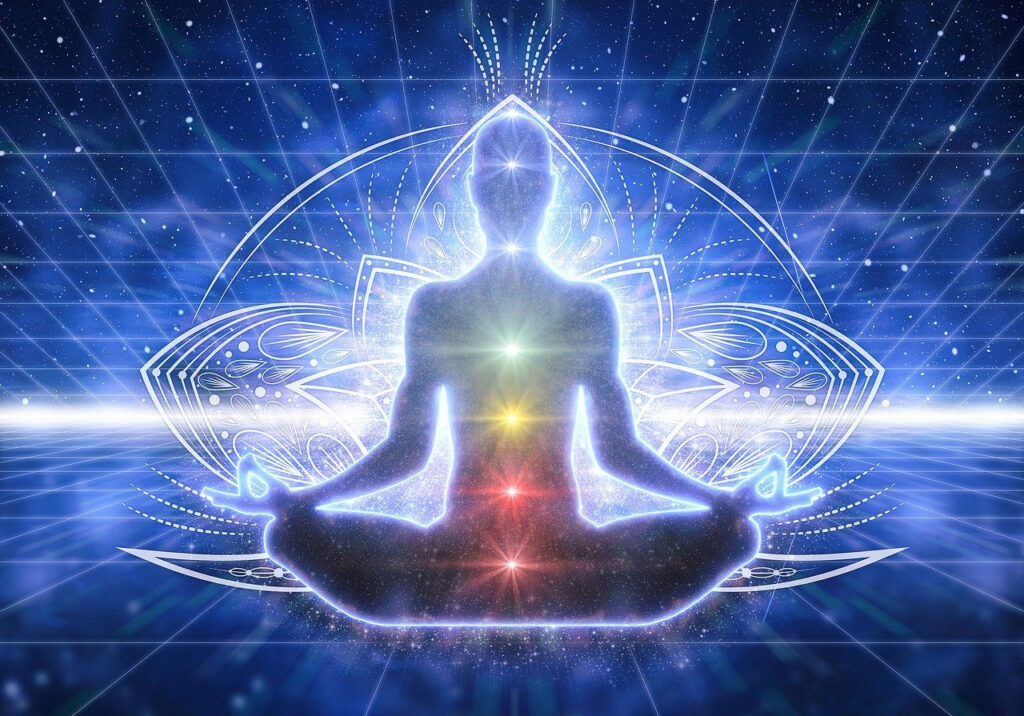Devi Bhagavata Purana
The Devi Bhagavata Purana, also known as the Devi Bhagavatam, is a significant text in Hinduism, particularly within the Shakta tradition, which venerates the Goddess (Devi) as the supreme divinity. Composed in Sanskrit and attributed to Sage Vyasa, this Purana is one of the eighteen Mahāpurāṇas, though it is often categorized as a “minor” Purana due to its sectarian focus on the Goddess.
📚 Structure and Composition
Chapters: 318
Canticles (Skandhas): 12
Language: Sanskrit
Verses: Approximately 18,000
Attributed Author: Sage Vyasa
The text is believed to have been composed between the 9th and 14th centuries CE, with some scholars suggesting a composition period from the late 1st millennium, culminating in a complete version by the 11th century. It was likely composed in Bengal, reflecting the region’s devotional culture centered on the Goddess.
🌸 Core Themes and Philosophy
The Devi Bhagavata Purana presents a comprehensive cosmology and theology centered around the Goddess:
Supremacy of the Goddess: Devi is portrayed as the ultimate reality (Brahman), encompassing both the nirguna (formless) and saguna (with form) aspects. She is the creator, preserver, and destroyer of the universe, embodying the essence of all existence.
Shaktadvaitavada: The text integrates elements of Advaita Vedanta and Samkhya philosophy, presenting a non-dualistic view where the Goddess (Shakti) is both the material and efficient cause of the universe.
Cosmology and Creation: The Purana describes the creation of the universe, attributing it to the Goddess who manifests as three primary energies: Sattviki (truth, creative action), Rajasi (passion, aimless action), and Tamasi (delusion, destructive action).
📖 Detailed Overview of the Cantos
First Canto: Introduces the setting in the mythical Naimisha forest, where the sages request the recitation of the Devi Bhagavata Purana. It outlines the creation of the universe and the manifestation of the Goddess as the three Shaktis.
Second Canto: Provides historical narratives, including the birth of key figures from the Mahabharata and the story of King Parikshit.
Third Canto: Focuses on the glory of Devi Bhuvaneshvari, detailing her worship and the praise offered by the Trimurti (Brahma, Vishnu, Shiva).
Fourth Canto: Discusses various avatars of Vishnu and introduces tantric themes and meditation practices.
Fifth Canto: Narrates the Devi Mahatmya, including the battles of Durga against demons like Mahishasura, and the origin of Goddess Mahalakshmi.
Sixth Canto: Continues the legends, highlighting the Goddess’s role in resolving cosmic dilemmas and her superior wisdom.
Seventh Canto: Contains the Devi Gita, a philosophical dialogue where the Goddess expounds on the nature of the universe, the self, and the path to liberation.
Eighth Canto: Describes the geography of the cosmos, including the divisions of the earth, the movements of celestial bodies, and the concept of time.
Ninth Canto: Elaborates on the five forms of Devi Prakriti, the manifestations of Shri Krishna, and the significance of various deities and rituals.
Tenth Canto: Discusses the worship of the Goddess in various forms, including her association with bees and the Tulasi plant.
Eleventh Canto: Details the rites and rituals associated with Devi worship, including the use of sacred objects and the observance of festivals.
Twelfth Canto: Concludes with the eschatological aspects, describing the end of the current cosmic cycle and the eventual dissolution of the universe.
🌼 Significance and Influence
The Devi Bhagavata Purana holds a central place in Shaktism, offering a theological framework that emphasizes the worship of the Goddess as the supreme being. It has influenced various aspects of Hindu worship, including:
Rituals and Festivals: The text outlines detailed instructions for the worship of the Goddess, including the observance of festivals like Navaratri.
Pilgrimage Sites: It identifies sacred places associated with the Goddess, guiding devotees to locations of spiritual significance.
Philosophical Teachings: Through the Devi Gita, it provides a philosophical discourse on the nature of the self, the universe, and the path to spiritual liberation.
📚 Availability and Study Resources
For those interested in exploring the Devi Bhagavata Purana further, several resources are available:
Translations and Commentaries: Various scholars have translated and commented on the text, making it accessible to a broader audience.
Digital Archives: The text is available in digital formats, including PDFs and online databases, for study and reference.
Academic Studies: Research papers and articles delve into the historical, philosophical, and cultural aspects of the Purana.





Pingback: Know about our Purans - Vaidik Puja